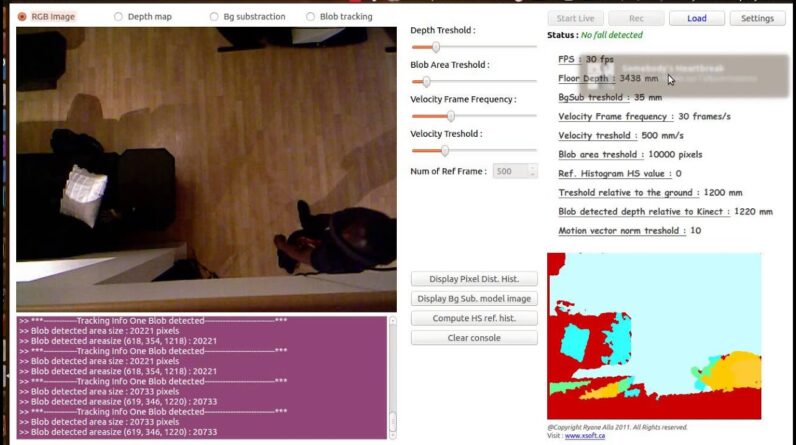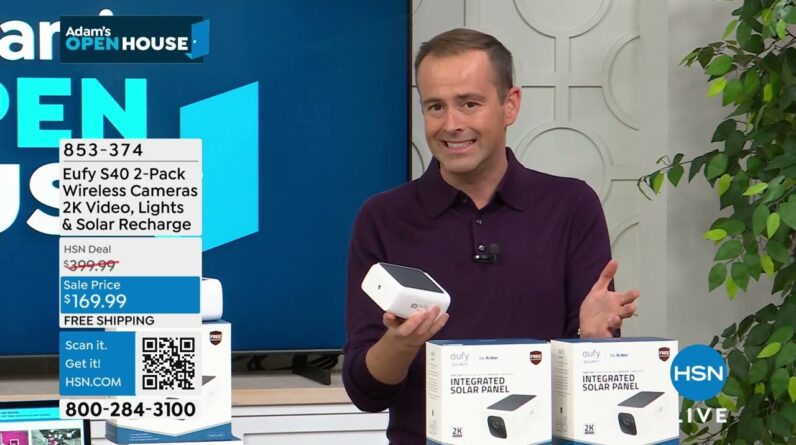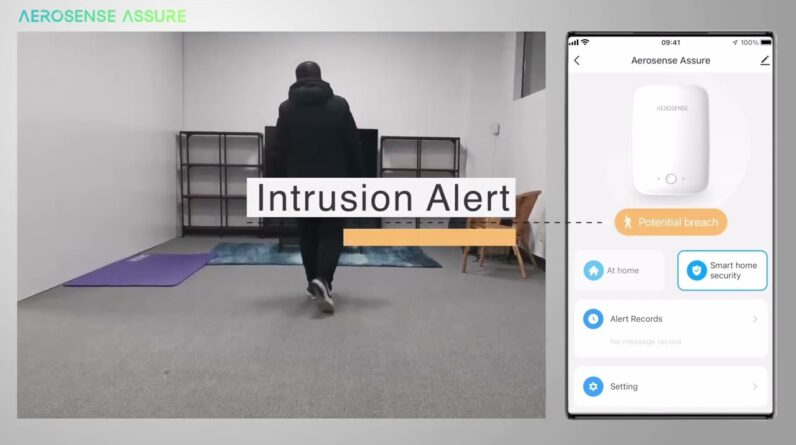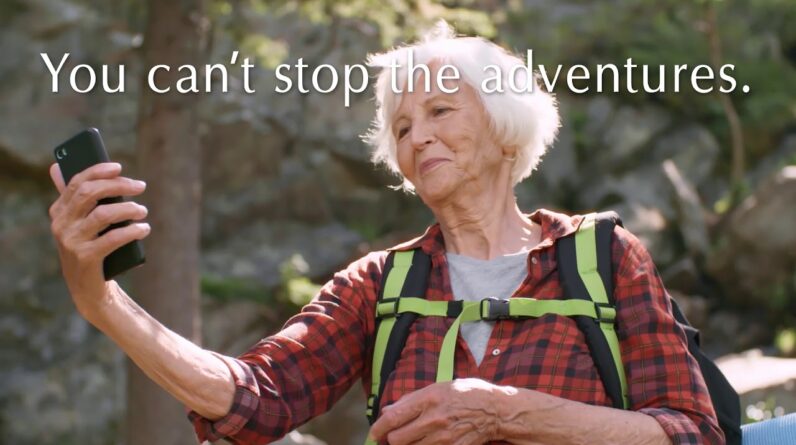
Elderly falls are a major public health problem. Studies show that about 30% of people aged
65 and older fall each year in Canada, with negative consequences on individuals, their
families and our society. Faced with such a situation a video surveillance system is an
effective solution to ensure the safety of these people.
To this day many systems support services to the elderly. These devices allow the elderly to live at home while ensuring their safety by wearing a sensor. However the sensor must be
worn at all times by the subject which is uncomfortable and restrictive. This is why research
has recently been interested in the use of cameras instead of wearable sensors.
The goal of this project is to demonstrate that the use of a video surveillance system can help to reduce this problem. In this thesis we present an approach for automatic detection of falls based on a method for tracking 3D subject using a depth camera (Kinect from Microsoft) positioned vertically to the ground. This monitoring is done using the silhouette extracted in real time with a robust approach for extracting 3D depth based on the depth variation of the pixels in the scene. This method is based on an initial capture the scene without any body.
Once extracted, 10% of the silhouette corresponding to the uppermost region (nearest to the
Kinect) will be analyzed in real time depending on the speed and the position of its center of
gravity . These criteria will be analysed to detect the fall, then a signal (email or SMS) will be transmitted to an individual or to the authority in charge of the elderly. This method was
validated using several videos of a stunt simulating falls.
The camera position and depth information reduce so considerably the risk of false alarms.
Positioned vertically above the ground, the camera makes it possible to analyze the scene
especially for tracking the silhouette without major occlusion, which in some cases lead to
false alarms. In addition, the various criteria for fall detection, are reliable characteristics for
distinguishing the fall of a person, from squatting or sitting. Nevertheless, the angle of the
camera remains a problem because it is not large enough to cover a large surface. A solution to this dilemma would be to fix a lens on the objective of the Kinect for the enlargement of the field of view and monitored area.





